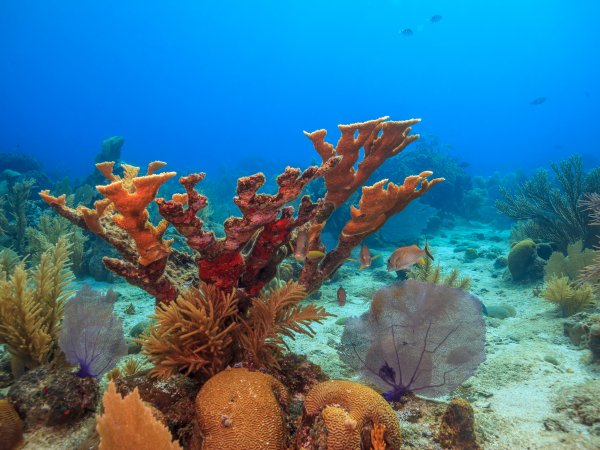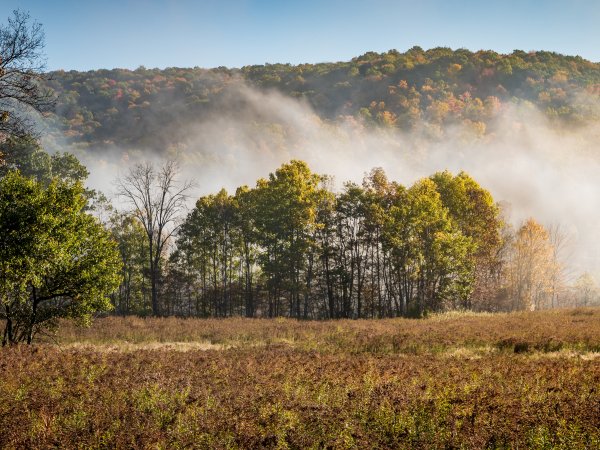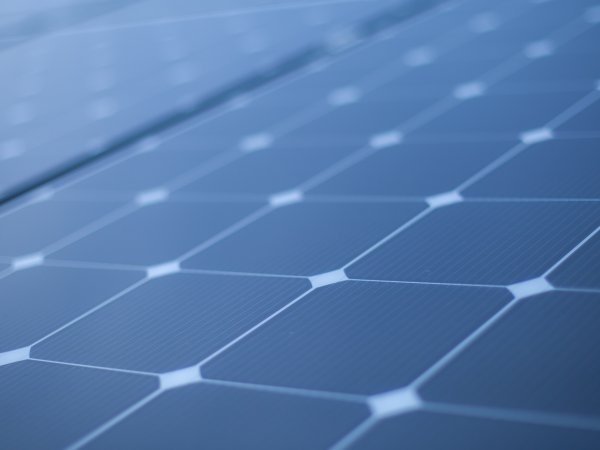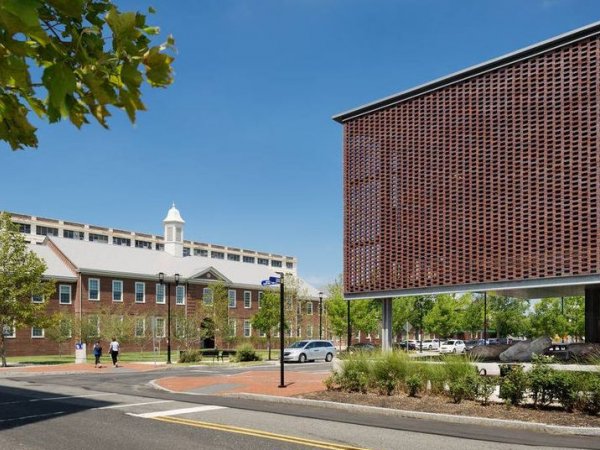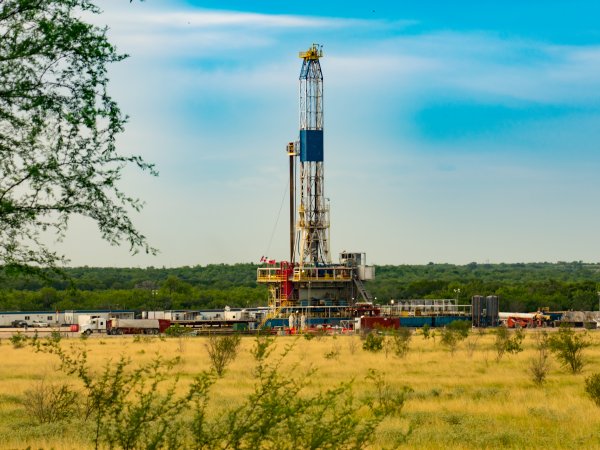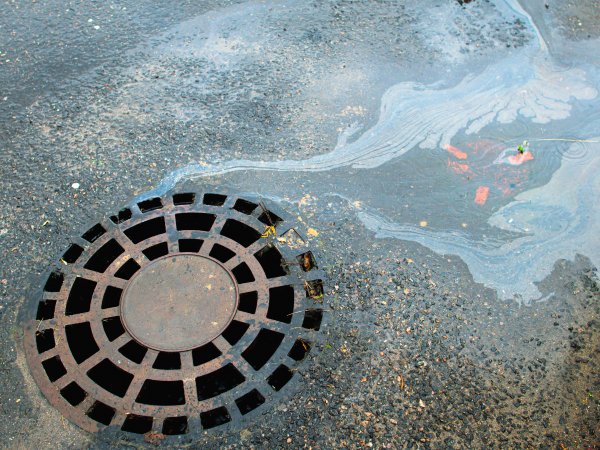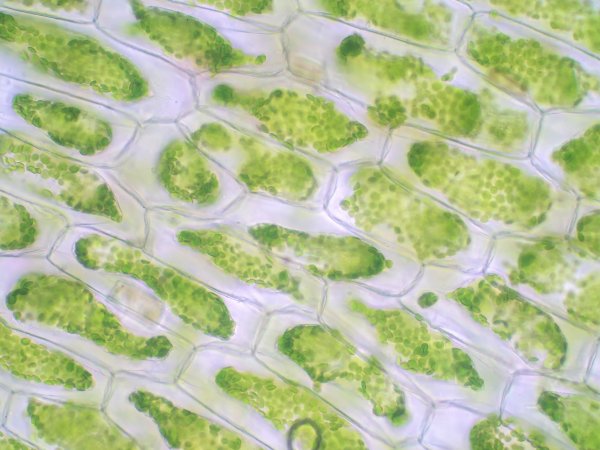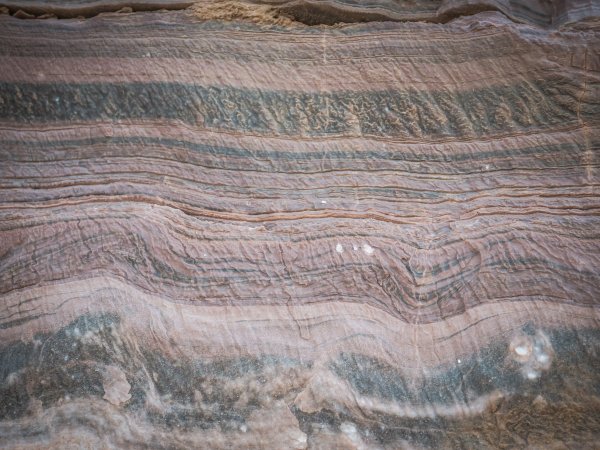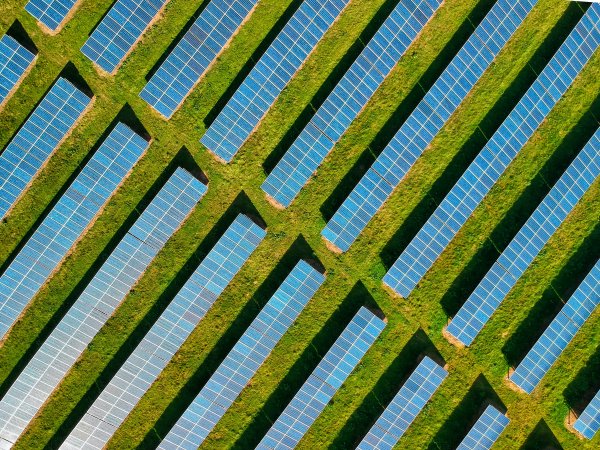Projects
Climate and Ecosystem Change: Probing the Mechanisms of Coral Phenotypic Plasticity
Awarded: 2018 | Project Type: IEE Seed Grant
A defining characteristic of reef-building corals is their plasticity in response to environmental change. And yet, the ability of corals to survive environmental change is now frequently being exceeded. Because adult corals are sessile and they harbor photosynthetic algal symbionts, they face similar challenges to plants in that both have to be able to withstand and acclimatize to environmental changes without being able to move to more benign locations.
Coring of Pre-Holocene Sediments at Bear Meadows: A Coupled Record of Paleoclimate, Paleoecology, and Hillslope Erosion?
Awarded: 2018 | Project Type: IEE Seed Grant
The valley and ridge physiographic province of central Pennsylvania provides an exceptional opportunity to reconstruct feedbacks between hillslope processes and Quaternary climate and ecosystem change, with implications for understanding the resilience of soil and water resources in the face of land use and climate change. Here, we propose to core Bear Meadows, a bog in central Pennsylvania near Garner Run, in order to investigate the coupled record of hillslope processes and Quaternary climate and ecosystem change.
Decentralized Control of Modular Multi-Level Converters in Photovoltaic Systems
Awarded: 2018 | Project Type: IEE Seed Grant
Renewable energy resources (e.g. solar or wind) provide economic and environmental benefits for energy generation systems and are the best alternatives to conquer global warming issues. The goal of this project is to incorporate the novel application of Modular Multi-level Converters (MMC) to solar photovoltaic modules with energy storage devices to increase the efficiency, reliability, and value of the overall system.
Design and Development of an Innovative Re-Roofing Solution That Demonstrates the Feasibility of Retrofitting a Leaky Vacant Building to a Watertight and Energy Producing System
Awarded: 2018 | Project Type: IEE Seed Grant
This proposal is part of a cross-institutional, multidisciplinary initiative that is directed toward revitalization of New Kensington, PA, a Rust Belt area, into a vibrant community that supports economic growth and sustainable development through entrepreneurial and innovative initiative. One of the biggest challenges in this initiative is developing an optimal solution to the existing problem of old, leaky buildings, some vacant. If our proposal is successful, the investigators will design and test a conceptual model for a new roofing composite that will sit on top of the existing roof.
Energy Efficient Buildings: Using Data Analytics to Incorporate Occupancy in Scheduling and Load Profiling
Awarded: 2018 | Project Type: IEE Seed Grant
The proposed research is a new collaboration between a junior and senior faculty at Penn State Great Valley and research faculty at Penn State at The Navy Yard, and aims at leveraging the available big data on Penn State buildings at The Philadelphia Navy Yard to: (a) create a comprehensive, open-source database of validated data as the foundation for subsequent analysis in this project and to facilitate research on energy efficient buildings for other researchers and practitioners; (b) develop novel statistical and data visualization tools to analyze historical data, monitor real-time perf
Experiment and Modeling of Multi-Physics Gas Flow Dynamics through Multiscale Shale Pores
Awarded: 2018 | Project Type: IEE Seed Grant
Shale gas revolution has dramatically changed the energy landscape of North America. Despite this enormous success, significant technological challenges remain, and the flow and production mechanisms of shale gas are far from fully understood. The proposed research presents a multiscale study of the fundamentals of gas transport dynamics using a multi-physics approach. The project recognizes that methane is in a supercritical fluid state at the in-situ reservoir condition and desorption of the adsorbed gas from nanopores of the kerogen exhibits both non-monotonic and hysteresis behavior.
Heavy Metal Removal from Industrial Runoff Using Manganese Modified Diatomite
Awarded: 2018 | Project Type: IEE Seed Grant
The goal of this project is to remove lead (Pb II), copper (Cu II), and zinc (Zn II) ions from industrial stormwater runoff using diatomite modified with sodium hydroxide and manganese oxide (Mn-DM). In this system, the runoff water and diatomite (also known as diatomaceous earth) serve as absorbate and absorbent, respectively.
Location, Location, Location: Changing the Real Estate of Plant Cell Walls via Lignin Nanolocalization
Awarded: 2018 | Project Type: IEE Seed Grant
Lignin is a major component of plant cell walls and is the primary inhibitor of biomass degradability during biofuel production, but reducing lignin content by genetic manipulation often results in poor plant growth.
Maximization of Permanent Trapping of CO2 in Geological Formations
Awarded: 2018 | Project Type: IEE Seed Grant
One of the major concerns in geological storage of CO2 is the risk of leakage of buoyant free-phase CO2. Securing significant volumes of CO2 in deep formations can be achieved through occurrence of natural processes, such as solubility (i.e., CO2 dissolution in brine), residual saturation trapping, and mineral trapping that lead to permanent storage of CO2. The dissolution of injected CO2 into brine and carbonate mineral formation reactions are complex processes that dependent on temperature, pressure, brine composition, and effectiveness of the contact between brine and free-phase CO2.
Multi-Scale Estimates of Solar Power Water Stress by Integrating Process-Based Descriptions with Deep-Learning-Based Mapping of Solar Farms
Awarded: 2018 | Project Type: IEE Seed Grant
Photovoltaic solar power generation has grown exponentially in recent years and will further accelerate. Solar development induces a land use land cover change which may alter water and energy cycles and increase water stress, but these impacts have been overlooked. On a global scale, two road blocks for studying such impacts on water are: (i) no detailed data exist on where, how much, what kind of solar power exist; (ii) models have not incorporated physical processes related to solar panels.
Novel Inocula for Enhanced Biological Phosphorus Removal: Bridging Stream and Engineered Ecosystems
Awarded: 2018 | Project Type: IEE Seed Grant
Microbial activities can significantly affect the fate of phosphorus (P) in both natural and engineered contexts, such as agricultural soils, streams, and biological wastewater treatment systems. Much of the research in these areas has occurred in parallel research communities, with relatively little exchange of ecological and phenotypic insights between different ecosystems.
Projecting Flood Risk from Extreme Precipitation: Interaction Between Climate Change and Urbanization
Awarded: 2018 | Project Type: IEE Seed Grant
We will study changing risks of catastrophic floods in populated areas. Floods result from the interaction between meteorological processes and landscape characteristics, both of which are changing due to human activity. We will examine how climate change and urbanization combine to influence flood risk now, and into the future. This project has three interdependent components. First, we will develop statistical models that can describe the frequency, severity, and spatial extent of the most extreme precipitation events.

